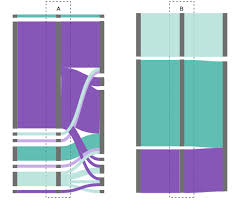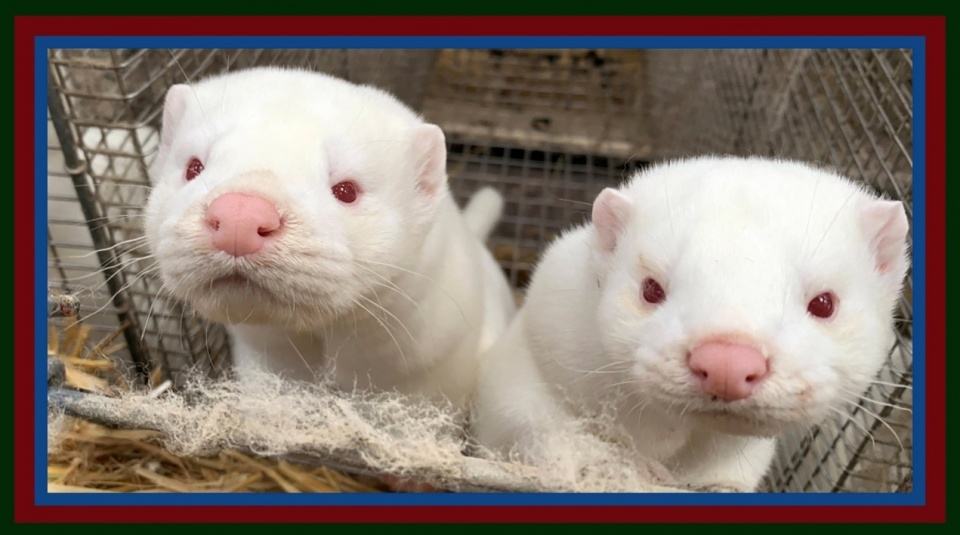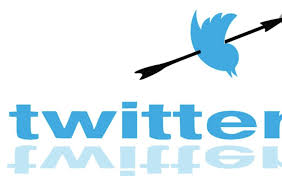What Is the Optimal Size of A Network?
According to the latest research of the US Army, the well-known Dunbar number theory holds true, that is, a network with no more than 150 members works best for effective information exchange.
“This marks the beginning of a new approach to deal with competition and conflict in today's complex world,” said Dr. Bruce West, a senior scientist at the Army Research Office. “To improve the utility of the army's network structure in terms of robustness, resilience, adaptability, and efficiency requires a deeper understanding of how our networks, and those of our adversaries, actually work.”

Researchers from the ARO and the University of North Texas tested a theory developed by British anthropologist Robin Dunbar in the 1990s that 150 is the largest group in which humans can maintain stable social relationships. Around that size, social groups become unstable and split into smaller groups.
Retired army general Stanley McChrystal wrote in his book Team of Teams: New Rules of Engagement for a Complex World: “In order to defeat a network can, we have become a network ourselves.” He discussed his understanding of Dunbar numbers with lessons learned from Iraq's battlefield and answered how to fight a loosely networked but effective AI Qaeda.
The researchers published their findings in the Proceedings of the National Academy of Sciences, suggesting that networks of certain sizes have better information transmission than others, and networks with no more than 150 nodes are the best choice.
West, the co-author of the paper, said: “The basic characteristic of network is the relationship between its function and size, which is why the Dunbar number theory is very important.”
The researchers propose that 150 is the result of internal dynamics of self-organized complex networks within social systems.
Based on this theory, the researchers also noted that a small number of agitators can compel groups, with 150 being the most vulnerable size to compulsion.

“Dunbar et al. observed an optimal value of 150, but Dr. West and his colleagues are the first to present a computational approach to the theoretical information dynamics process, which is essential for problem solving, developing team factions and forming cohesive teams,” said Dr. Lisa Troyer, head of ARO's Social and Behavioral Sciences Research Program. Troyer said: “This is an important leap forward in social science theory and may lead to further research and insights into collective action.”
Dunbar predicts that there is an optimal structure for the size of social groups. He refers to these size groups as nested hierarchies, and they have a scale of about 3. Thus, he identifies a size sequence of cognitively effective social groups 5, 15, 50, 150, and 500, and explains that the strength of relationships at these levels is not equal.
“The hierarchical sequence is interesting because each number in the sequence is the actual combat unit specification developed by the U.S. Army Based on actual experience, ranging from small groups of about 15 men to platoons of 45 men or less. Three platoons make up a company, three companies make up a brigade, and so on. This has been the intuitive division of military hierarchy by military leaders since the Roman Empire.”
“The size of the team may be the determinant of the potential success of complex missions, and the keys to complete complex missions are adaptability and collective problem solving,” West said. “The same can be applied to the reverse process, that is, to transmit false information in adversarial groups. The size of the group may sometimes be more important than the credibility and form of dissemination of the lies.”
OTHER NEWS
-
- How to Download and Install Wyze App for Free?
- By Gray 24 Apr,2023

-
- Africa declared the total eradication of wild poliovirus
- By Sarah 24 Apr,2023

-
- Zoom’s New Update: End-to-End Encryption
- By Antonio 24 Apr,2023

-
- T-Mobile Launched TVision Streaming Service
- By Alan 24 Apr,2023

-
- Observation | South Korea’s Gaming Market: The Expansive Comic Market of South Korean and The Active Webtoon Adaptation(Ⅰ)
- By Harris 24 Apr,2023

-
- Updates to Google Play Policies 2020
- By Janice 24 Apr,2023

-
- Turkey Slaps Advertising Ban on Twitter and Other Platforms under Its New Social Media Law
- By Carter 24 Apr,2023

-
- Can Data Lie? Social Media Titans’ Super-Speed Recovery and the Pervasive Disputes (II)
- By Clark 24 Apr,2023

-
- Local News’ Transition to Paid Content In the Context of Layoffs, Mergers and Bankruptcies III
- By Jessica 24 Apr,2023

-
- Local News’ Transition to Paid Content In the Context of Layoffs, Mergers and Bankruptcies I
- By Jessica 24 Apr,2023

-
- Disney Shuffles TV Business Again With eye on Streaming
- By Lori 24 Apr,2023

-
- The support behind more advanced mobile phones
- By Evelyn 24 Apr,2023

 1
1 1
1